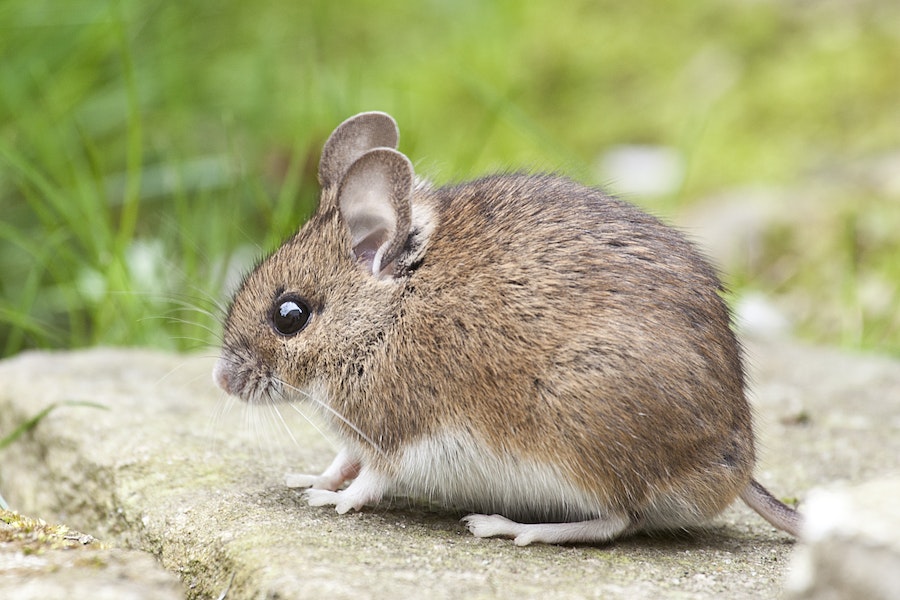The age-old belief that mice are irresistibly drawn to peanut butter has become a popular notion in pest control. However, amidst anecdotal claims and media influence, it is essential to discern myth from reality. This article aims to shed light on the actual preferences of mice when it comes to food, particularly peanut butter, by exploring their natural behavior, dietary inclinations, and scientific research. By understanding the truth behind this notion, we can pave the way for more effective and informed pest control strategies while debunking common misconceptions.
Do Mice Like Peanut Butter?
Yes, mice are generally attracted to peanut butter. The smell, taste, and texture of peanut butter make it an enticing treat for these little rodents. Many pest control methods involve using peanut butter as bait to lure mice into traps. However, it’s essential to remember that mice have diverse preferences, and not all may be fond of peanut butter. To effectively deal with a mouse infestation, it’s best to employ a variety of baits and traps and observe which ones work best in your specific situation.
Mouse Food Preferences: Research Findings
Research findings on mouse food preferences have provided valuable insights into the dietary inclinations of these small rodents. While mice are considered omnivores, their diet primarily consists of grains, seeds, and plant matter. Studies have shown that mice are attracted to various foods, including cereals, nuts, fruits, and vegetables. Grains, such as rice and oats, are particularly enticing to them due to their high carbohydrate content.
Interestingly, mice have a strong preference for fatty and high-calorie foods, which aligns with their need to store energy efficiently. Foods with higher fat content, like peanut butter, can appeal to mice because of their caloric density and palatability. This may explain the widespread belief that mice are drawn to peanut butter as bait in traps.
Moreover, research has indicated that the smell of food plays a significant role in attracting mice. Their acute sense of smell helps them locate food sources from a distance, making them more likely to investigate areas with appealing scents. It’s worth noting that different strains and species of mice may display varying food preferences, making it essential to consider such nuances when dealing with pest control.
Additionally, studies have explored the impact of environmental factors on mouse food choices. For example, mice may adapt their diet based on seasonal availability. During colder months, when natural food sources are scarce, they might become more attracted to human food stores or readily available items indoors.
Overall, understanding the research findings on mouse food preferences can aid in developing more effective baiting strategies for pest control. However, it’s essential to recognize that while peanut butter appeals to some mice, using a variety of baits can increase the chances of success in attracting and eliminating these rodents from an area.
Factors Influencing Mouse Behavior
Mouse behavior is influenced by a combination of intrinsic and extrinsic factors that shape their actions, movements, and choices. Understanding these factors is crucial for comprehending mouse behavior and developing effective pest control strategies. Here are the key factors that influence mouse behavior:
Instinct and Survival: Like all animals, mice are driven by their instincts to survive and reproduce. They have innate behaviors that help them find food, shelter, and escape from potential threats. This includes their natural aversion to open spaces and preference for hiding in dark, secluded areas to avoid predators.
Food Availability: Food availability is a primary driver of mouse behavior. Mice are opportunistic feeders and will seek out accessible food sources. Areas with abundant food, such as pantries, kitchens, and food storage areas, are more likely to attract mice.
Environmental Factors: Mice are sensitive to their surroundings. Temperature, humidity, light, and noise levels can all impact their behavior. They seek environments that provide warmth, moisture, and relative safety.
Social Behavior: Mice are social animals and often live in groups. Social hierarchies and communication within their communities play a role in their behavior. Dominant mice may take the lead in exploring new territories or food sources.
Reproduction: The breeding season can influence mouse behavior. During this time, male mice may become more active in seeking mates, leading them to venture into new areas in search of potential partners.
Learning and Memory: Mice possess a remarkable ability to learn from their experiences and adapt their behavior accordingly. They can remember food sources, locations of potential threats, and effective escape routes, which can influence their movement patterns.
Fear and Stress: Mice are cautious animals, easily startled by sudden movements or loud noises. Fear and stress can alter their behavior, leading them to avoid certain areas or become more elusive.
Predators: The presence of predators, such as cats, dogs, or other animals, can significantly impact mouse behavior. Fear of being caught or attacked will drive mice to avoid areas frequented by predators.
Habituation: Over time, mice can become habituated to certain stimuli, such as traps or bait. If they have encountered and escaped from traps or have been exposed to ineffective baits, they may become wary and avoid such methods in the future.
The Peanut Butter Myth
- The Peanut Butter Myth is the widespread belief that mice are irresistibly attracted to peanut butter as bait in traps. This notion has been perpetuated for many years, leading to its popularity as a go-to bait for mouse control. The origin of this myth is partially transparent, but it likely stems from anecdotal experiences and popular media portrayals of mice being lured by peanut butter.
- While it is true that some mice may be attracted to peanut butter, the myth oversimplifies the dietary preferences and behavior of mice. In reality, mice are opportunistic feeders with diverse food preferences. Their diets consist of grains, seeds, fruits, vegetables, and other available food sources in their environment.
- Scientific research on mouse behavior and food preferences has shown that while peanut butter can be effective as bait in some cases, it is not universally attractive to all mice. Different strains and species of mice may respond differently to various types of food bait. Some mice may be more drawn to cereal grains, while others favor fruits or nuts.
- Moreover, the effectiveness of peanut butter as bait can vary depending on factors such as the availability of other food sources, the presence of competing odors, and the overall environment in which the traps are placed.
- To address the Peanut Butter Myth effectively, it is crucial to adopt evidence-based pest control strategies. Pest control professionals and researchers recommend using a variety of baits to increase the chances of successful trapping. Additionally, focusing on eliminating food sources and sealing potential entry points are equally important aspects of effective pest management.
- While peanut butter can be a viable bait option for mouse traps, it is essential to recognize that the Peanut Butter Myth is an oversimplification of mouse behavior and food preferences. Relying on a more comprehensive understanding of mouse behavior and using a variety of baits can lead to more successful and informed pest control practices.
Common Food Sources That Mice Prefer
Mice are opportunistic feeders with a diverse diet, and they can thrive in various environments due to their ability to adapt their food sources. Some familiar food sources that mice prefer include:
- Mice are particularly attracted to wheat, rice, oats, and corn. They often infest grain stores and agricultural fields to feed on these food sources.
- Seeds from plants and trees are another favorite food of mice. They may consume seeds from fruits, vegetables, and even bird feeders.
- Mice enjoy eating various fruits and vegetables. Apples, bananas, carrots, and potatoes are among their preferred options.
- Nuts like almonds, walnuts, and hazelnuts appeal to mice due to their high-fat content.
- Mice have a sweet tooth and are attracted to sugary foods such as candies, chocolates, and pastries.
- If left accessible, pet food can be a convenient and attractive food source for mice.
- Leftover food scraps in trash bins or poorly stored food can be a treasure trove for hungry mice.
Final Words
In conclusion, understanding the intricacies of mouse behavior and food preferences is essential in effectively managing and controlling mouse populations. While the Peanut Butter Myth has popularized peanut butter as bait, it is crucial to recognize that mice have diverse dietary preferences and may respond differently to various food sources.
Scientific research on mouse behavior has shed light on the factors influencing their actions, from genetics and age to environmental conditions and social interactions. By considering these factors, we can develop more effective strategies for pest control and create environments that discourage mice from residing in our homes and properties.
FAQ’s
Are mice attracted to peanut butter?
While some mice may be attracted to peanut butter, it is not a universal preference. Mice have diverse food preferences, and their attraction to peanut butter can vary depending on factors such as species, environment, and the availability of other food sources.
What are familiar food sources that mice prefer?
Mice are omnivores and are attracted to a wide range of foods. Common food sources include cereal grains, seeds, fruits, vegetables, nuts, sweets, pet food, bird seeds, and food scraps.
How do I know if I have a mouse infestation?
Signs of a mouse infestation include droppings, gnaw marks on food containers or structures, shredded materials for nests, and scampering noises at night. You may also notice a musky odor in areas frequented by mice.




















Leave a Reply